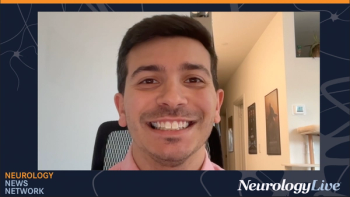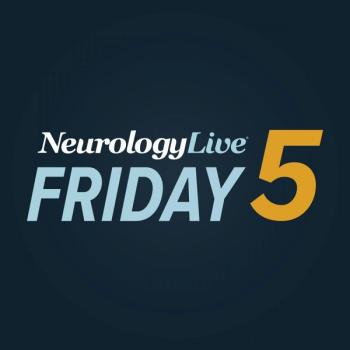
Evolving Approaches to Seronegative NMOSD in New Diagnostic Criteria: Álvaro Cobo-Calvo, MD, PhD
The neurologist at the Multiple Sclerosis Center of Catalonia talked about the challenges of defining seronegative in new diagnostic criteria for neuromyelitis optica spectrum disorder [WATCH TIME: 5 minutes]
WATCH TIME: 5 minutes | Captions are auto-generated and may contain errors.
"We observed that, although the inclusion of seronegative patients in clinical trials is low, most therapies—such as satralizumab and inebilizumab—did not reduce the risk of relapses in double-seronegative patients, while they were effective in aquaporin-4–positive patients."
A session presented at the
In an interview with NeurologyLive® at the Congress, Cobo-Calvo, a neurologist at the Multiple Sclerosis Center of Catalonia in Spain, described the work of an international panel tasked with revising NMOSD diagnostic criteria to reflect scientific advances and evolving clinical understanding. He noted that the panel examined distinctions between aquaporin-4–positive NMOSD and double-seronegative presentations, including differences in demographic patterns, clinical features, and biomarker profiles. According to Cobo-Calvo, this effort aimed to clarify whether seronegative presentations should remain in the NMOSD criteria or be considered separately.
During the conversation, Cobo-Calvo also discussed emerging evidence suggesting variable treatment responses between these patient groups. He highlighted that targeted therapies have demonstrated consistent efficacy in aquaporin-4–positive NMOSD but less so in double-seronegative cases, a pattern that may have implications for future diagnostic and therapeutic decision-making. He noted that the panel did not reach consensus on certain aspects of the criteria; thus, additional discussion might be required before the updated criteria are published.
REFERENCES
1. Cobo-Calvo Á, et al. 2025 diagnostic criteria for NMOSD: implications for double seronegative cases. Presented at ECTRIMS Congress; September 24-26, 2025; Barcelona, Spain. Hot Topic 3: New NMOSD diagnostic criteria.
Newsletter
Keep your finger on the pulse of neurology—subscribe to NeurologyLive for expert interviews, new data, and breakthrough treatment updates.



































